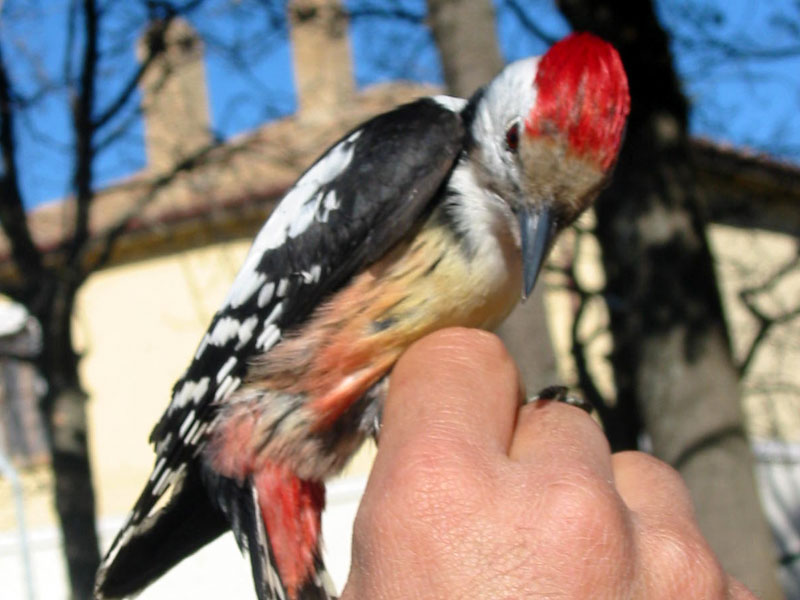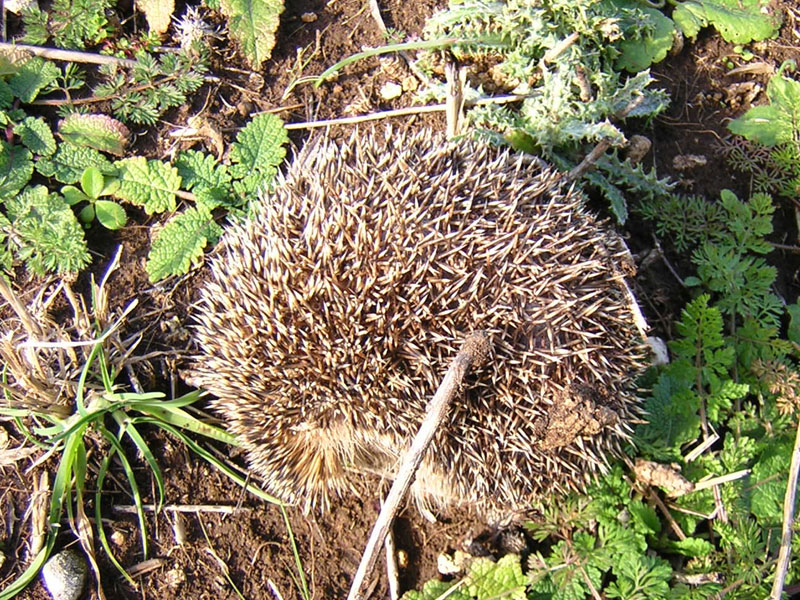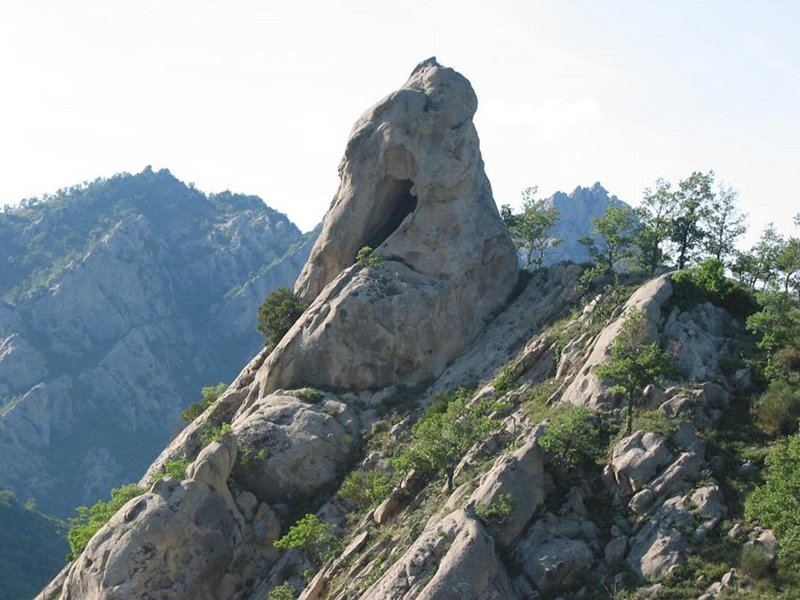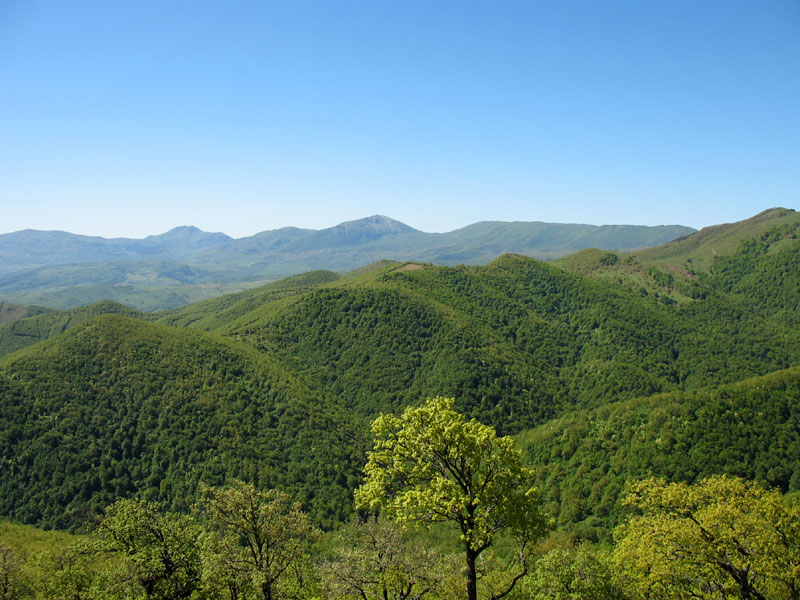Parco Regionale Gallipoli Cognato
Piccole Dolomiti Lucane
www.parcogallipolicognato.itProtected Area
Identity Card
- Gallipoli Cognato Piccole Dolomiti Lucane Regional Park:
- Land Surface Area: 27'027.00 ha
- Regions: Basilicata
- Provinces: Matera, Potenza
- Municipalities: Accettura, Calciano, Castelmezzano, Oliveto Lucano, Pietrapertosa
- Establishment Measures: LR 47 24/11/1997
- PA Official List: EUAP1053
- Park Authority: Ente Parco Gallipoli Cognato Piccole Dolomiti Lucane
- Further managed Protected Areas:
- Zona Speciale di Conservazione Bosco di Montepiano
- Zona Speciale di Conservazione e Zona di Protezione Speciale Dolomiti di Pietrapertosa
- Zona Speciale di Conservazione e Zona di Protezione Speciale Foresta Gallipoli - Cognato
- Zona Speciale di Conservazione e Zona di Protezione Speciale Valle Basento Grassano Scalo - Grottole
Flora
Gallipoli Cognato Park gives the opportunity to admire a unique vegetation consisting in trees, flowers, and very rare species.
The vegetation varies according to the altitude, the exposure, and the humidity of the areas, with the presence of the Turkey oak (Quercus Cerris) as the most widespread arboreal specimen. In the areas where the vegetation is more regular and less thick, the woodlands are populated by many plants like ferns, cyclamens, white and blue anemones; in the clearings, there are the yellow safflower and Knautia Lucana, another endemic species characteristic of the area, discovered by Lacaita.
Along the slopes of Mt. Caperrino, covered by Turkey oak woods and by pastures, in spring you can admire the blooming of orchids, anemone, and buttercups.
Further information (in Italian)
Fauna
Since the Park is a resourceful ecosystem, it houses several species of mammals, birds, reptiles, insects, which are sometimes very rare.
Among the mammals there are the wild boar, the wolf, the fox, the badger, the porcupine, the wild cat, the hare, the hedgehog, the dormouse and the squirrel, the weasel and the stone marten, and in the watercourses, the otter.
In the central area of the Park the fallow deer has been reintroduced by man. The birds represent a resource, and the Park is signalled in the most authoritative birdwatching magazines. With the binoculars it is easy to sight among the big birds of prey wonderful specimens of red kite, buzzard, kestrels, and peregrine. By night you can meet the barn owl, the tawny owl, the long-eared owl, and the little owl. In the woods there are the green woodpecker, the nuthatch, the jay, the hoopoe, and the golden oriole. In the clearings, near the pastures, you will find robins, long-tailed tits, blackcaps, skylarks, and nightingale.
There are several amphibians near the watercourses in the Park: among them the edible frog, the stream frog, the green toad, and the yellow-bellied toad. It is much more difficult to observe the two very rare species of the fire salamander and the spectacled salamander.
Further information (in Italian)
The "Cicogna nera in Basilicata" (Black Stork in Basilicata) Project
A key part of the "Cicogna nera in Basilicata" (Black Stork in Basilicata) Project deals with placing a special camera near the nest that is now considered as to be "historic", as it has been successfully used by a pair for years.
Thanks to the images collected, which are available and visible to all in real time, researchers will be able to obtain useful data to study the behaviour of storks at their nest, as well as the timing of their arrival, reproduction, reproductive success, feeding, the flight of the young specimen, etc.
Of course, improvements can be made each year to optimise the scientific results and dissemination of the images over the Internet.
Further information (in Italian)
Geomorphology
The particular geomorphological features derive not only from the lithological nature of the territory, but above all from the complex tectonic events which since the Miocene epoch interested the middle valley of the Basento.
Further information (in Italian)
History
Between 1300 and 1200 BC, the first great migrations of the populations coming from Anatolia (the current Turkey), above all the Lyki, led to their settlement in the high and middle valley of the Basento and near the springs of the Bradano. They gave to the region the name of Lucania.
Evidences of their presence are the interesting fortified centers of Mt. Croccia - Cognato in the valley of the Basento, of Serra di Vaglio (Vaglio di Basilicata), the administrative center of the towns of Lucania, and of Mt. Torretta.
In Croccia-Cognato it is possible to see the remains of a great settlement which can date back between the 4th and the 6th centuries BC, built at 1,149 meters of altitude and defended by 2 km long high walls made of great stone blocks.
From the archaeological finds of the area and of Serra di Vaglio, and from the archaeological material of the 6th century sanctuary of the goddess Mefitis, protectors of the fields and of the animals, it is possible to notice the great uniformity of the buildings in the part of Basilicata called Potentino. Here it is possible to imagine and to live according to the spirit of the first populations who lived here, which still today seem to be present in the settlements built high in the mountains and on the hills.
Further information (in Italian)










